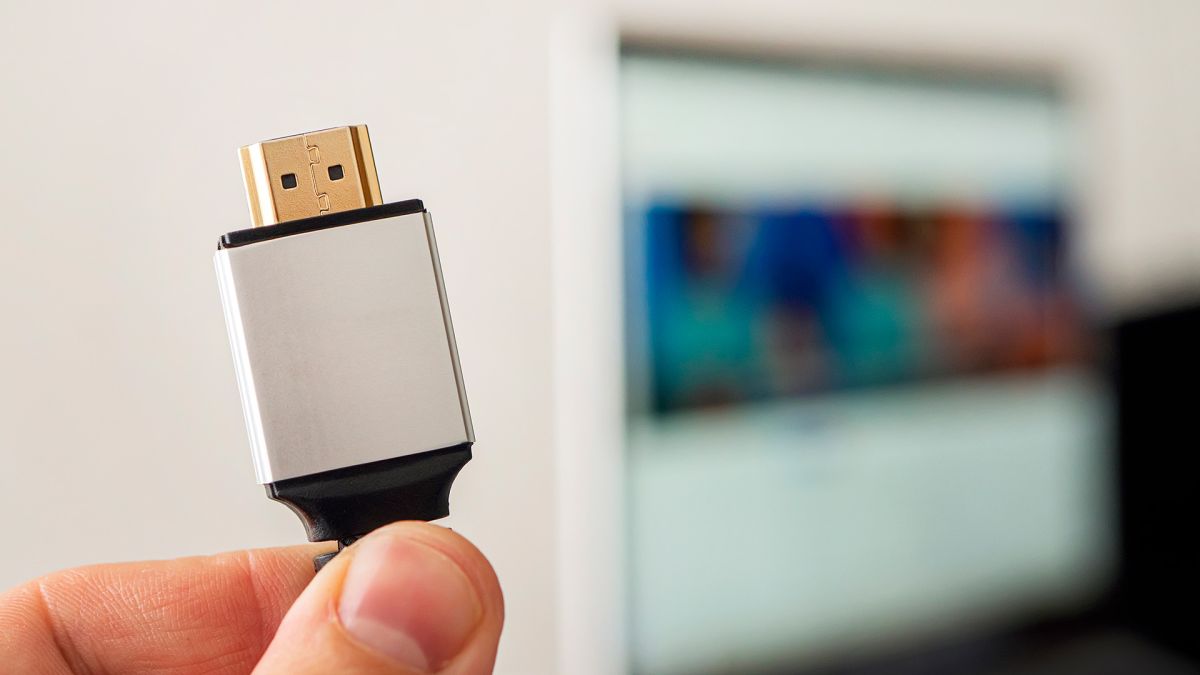[ad_1]

PC gamers don’t often struggle with the length of their HDMI cables—from monitor to GPU ports you’re looking at a couple metres max. That is if you’re not using a DisplayPort cable anyways. But if you’ve ever tried to run a HDMI to another room or around the circumference of a living room to a TV, you’re in for a bad time. Don’t worry, though, HDMI 2.1 cables might be about to get a lot longer without all the fuss.
The HDMI 2.1 standard is being amended (via Overclock3D (opens in new tab)) to include a new feature called HDMI Cable Power. As you might imagine, it’s a new way of powering a HDMI cable via the existing HDMI connector and thus ensuring signal stability over longer distances.
Previously you’d either have to stick with a shorter passive cable, the signal from which would degrade over longer distances, or use a HDMI cable with independent power delivery from another attached cable.
“In the case of the Ultra High Speed HDMI Cable, performance requirements are so high, it is likely that the only way to meet the Ultra High Speed HDMI requirements in cables longer than a few meters is through powered, active HDMI Cables,” HDMI Licensing Administrator says (opens in new tab). “Therefore, HDMI Cable Power was added to help support the HDMI 2.1a specification’s higher speeds by providing power to those active cables which may need it to function correctly.”
The new specification should provide a bit more simplicity in terms of cables, but bear in mind that both cable and source device need to support HDMI Cable Power in order for it to work.
You will also need to make sure that your powered HDMI 2.1 cable is the right way around, as it will only work in one direction. Sort of like some fibre optic HDMI cables, which also are unidirectional but work over longer distances. So there’s another option if you’re wondering what to do about a long cable run.
Ultimately it sounds like a neat way to integrate a little more utility into the HDMI connector than it already has. New HDMI 48Gbps cables could definitely do with a neat way of delivering power and a little extra length, that’s for sure, and those are becoming more commonplace in the living room with modern GPU and console support for the speedier HDMI standard.
[ad_2]
www.pcgamer.com
